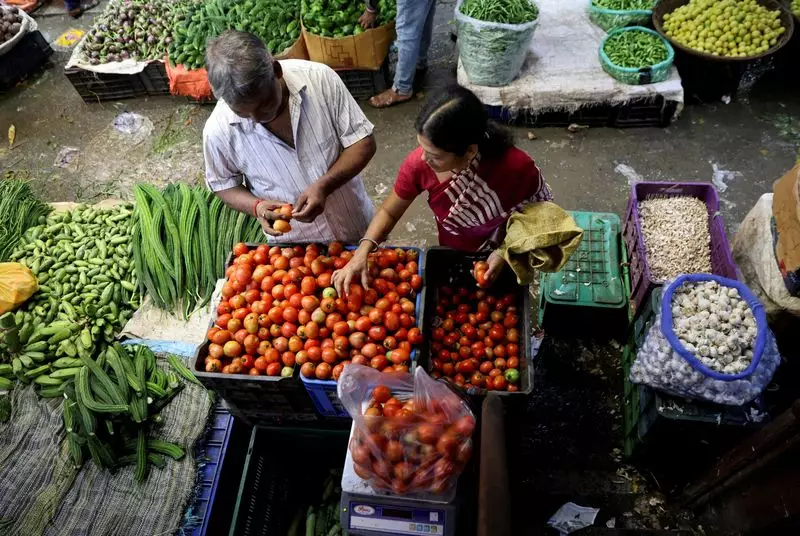In recent months, food prices have shown signs of stabilization, yet they remain consistently elevated compared to historical standards. According to insights from UBS analyst Paul Donovan, a significant reduction in food costs appears unlikely in the near future. With consumers facing more stubborn prices, understanding the dynamics at play becomes essential for comprehending the future trajectory of food expenditure.
A critical look at food pricing reveals that a substantial portion of the cost paid by consumers arises long after the agricultural products leave the farm. A prime example can be found in the UK dairy market, where farmers are often compensated with only about a third of the retail price for products like milk. This discrepancy highlights the slim margins exacerbated by factors such as processing and distribution. Any decrease in consumer prices is likely contingent upon cost reductions throughout the supply chain, raising the question of where economies can actually be achieved.
Labor Costs as a Potential Area of Savings
One notable avenue for potential cost savings lies in labor expenses, particularly through the increasing use of technology such as self-service checkouts. Donovan notes that this trend effectively turns consumers into unpaid labor for retailers, ultimately leading to reduced staffing needs. While these innovations can help mitigate some costs, they also bring forth discussions about the long-term sustainability of such savings, particularly if consumers become accustomed to working alongside automated systems.
The current environment of food inflation has not only plateaued but has also shifted into a phase where companies have expanded their profit margins significantly, especially within the retail sector. A recently highlighted statistic reveals that the profit share of retail GDP in the United States has escalated from 12% in 2019 to an alarming 21% today. This upward trajectory raises critical questions about whether retailers will voluntarily reduce their margins in order to facilitate price decreases that benefit consumers.
Accepting Higher Prices as the New Norm
As consumers adjust their perceptions regarding food prices, the potential for a long-term acceptance of current levels looms large. Research suggests that shoppers typically hold a concept of a “fair price” for 18 months before recalibrating their expectations. This cognitive adaptation means that what once seemed exorbitant may gradually morph into an accepted standard of cost, potentially stymieing any push for lower prices in the future.
While food inflation shows signs of easing, the underlying structural costs associated with food production and distribution present formidable challenges to any significant decline in prices. The interplay between supply chain dynamics, labor costs, corporate profit margins, and consumer psychology will undoubtedly dictate the landscape of food pricing in the coming months and years. As consumers adapt to higher costs, the pressure will intensify for retailers to find effective ways to reduce expenses while maintaining sustainability in their operations—a balancing act that may redefine the future of food pricing altogether.

